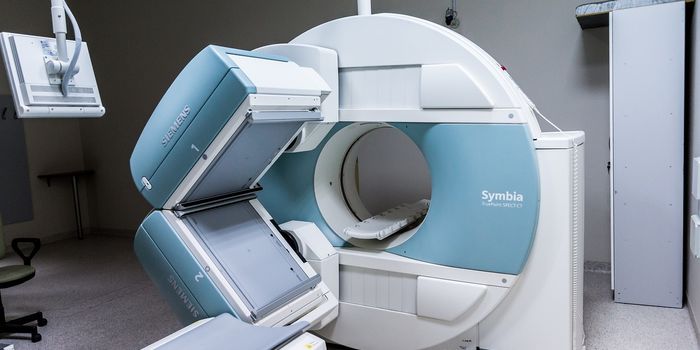The World's Longest Rechargeable Battery
Flexible, rechargeable batteries have a range of uses, with the potential to improve the function of a range of products. They are used in computers, flexible screens, and from a health perspective, could enable a new generation of efficient, self-sustaining wearable devices that improve health outcomes. Perhaps as a result, the global market for flexible, rechargeable batteries is expected to grow in value by almost 85 million dollars over the next 5 years, or about 22%.
In response to the need for these kinds of batteries, researchers have pushed the limits of what’s possible with flexible batteries. The result is the world's longest rechargeable battery in the form of a long fiber: 140 meters, to be exact.
The concept of a battery in the form of a fiber is not necessarily a new concept. Some research has shown that batteries can be formed in the shape of fibers and used in a range of digital products, such as for communications. What is especially hopeful about many existing battery fibers is their ability to be woven into clothing and even washed. However, a persistent limitation has been that these batteries still rely on external sources of power. The new battery fiber produced by the research team at MIT is designed to be self-sustaining, using a thermal drawing method.
Researchers describe their battery and its potential uses in a proof of concept study published in Materials Today. Taking a different approach to other fiber-form batteries, the one developed by MIT researchers contains core elements of the battery inside the fiber (e.g., lithium) rather than outside the fiber. A protective coating is employed to protect the battery, as well. In developing their fiber battery, researchers also wanted to push the boundaries of fiber batteries to see how long the battery could stretch to.
The battery is incredibly thin (a couple hundred microns thick) and produces and stores enough energy to power a smartwatch. Researchers also note that while the fiber they produced can be created for 2D structures, the fiber can also be 3D printed, so the battery can become both the structure of an object and its source of power.
Sources: Science Daily; PR Newswire; Materials Today








